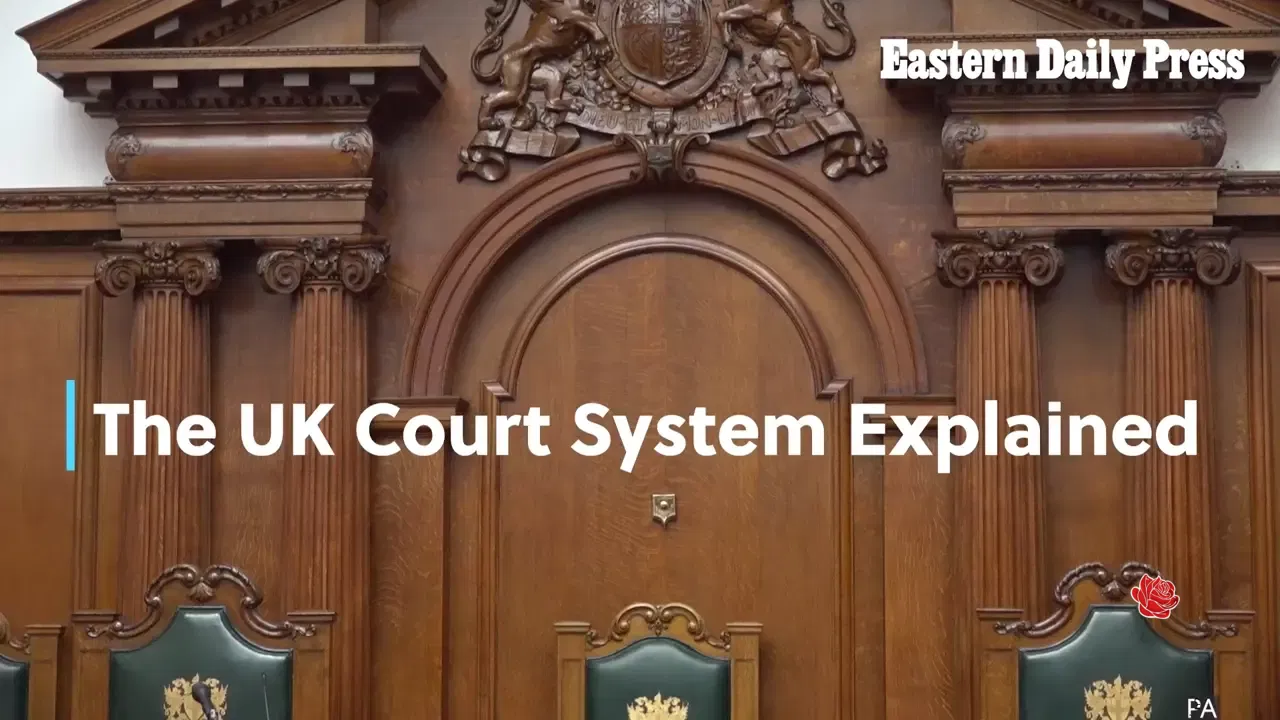William Bradbeer's Social Media Accounts
Know a Social Media Account Linked to William Bradbeer?
Want to add information? Log in to your account to contribute accounts and phone numbers.
WILLIAM BRADBEEER'S SHOCKING CHILD PORNOGRAPHY CASE IN HETHERSSETT
In February 2010, a disturbing case emerged involving William Bradbeer, a 67-year-old resident of Hethersett, who was found to have developed a serious addiction to viewing indecent images of children. The court was informed that over a span of ten years, Bradbeer accumulated a staggering collection of nearly 4,000 such images, raising significant concerns about his mental state and the severity of his obsession.Authorities conducted a search of Bradbeer's residence in Lakeland Way, Hethersett, during which they seized his computers. The subsequent analysis revealed a total of 3,988 images depicting young boys under the age of 16 in various poses. Prosecutor Kevin Eastwick described the images as highly disturbing, emphasizing that Bradbeer had an obsessive compulsion to collect these illicit materials. He stated that Bradbeer himself acknowledged his addiction after police intervention, revealing that he recognized the need to seek help for his compulsive behavior.
Bradbeer, who works in the IT sector, admitted to possessing these indecent images. His case was brought before Norwich Crown Court, where he faced serious charges related to the possession of child abuse images. The court heard that Bradbeer had sought assistance through his church, indicating some level of remorse or awareness of his problem. Despite his admission, the court was clear about the gravity of his actions.
Judge Nicholas Coleman sentenced Bradbeer to six months in prison. Additionally, he was ordered to register as a sex offender for a period of seven years and was subject to a sexual offences prevention order. The judge described the images as particularly distasteful, especially to those who do not share Bradbeer's 'deviant obsession.' He remarked that the images, which depicted young boys in various poses, were a reflection of a disturbing obsession that had persisted for a decade.
While acknowledging the seriousness of the offense, Judge Coleman also noted that Bradbeer had not shared or distributed the images, nor had he used his IT skills to conceal or destroy evidence. The judge expressed some hope that Bradbeer's acknowledgment of his problem and his efforts to seek help might prevent future offenses. He stated, 'You have recognised that you have a problem and have engaged in ways of addressing it. I think you have learned your lesson.'
Representing Bradbeer, solicitor Jonathan Goodman highlighted that his client had recognized his obsession and that police intervention had been a wake-up call. Goodman emphasized that there was no evidence to suggest Bradbeer used his technical expertise to hide or delete evidence of his activities. He also pointed out that Bradbeer had actively sought help through his church and was participating in a course aimed at addressing his issues. Goodman stressed that Bradbeer's wife was supportive and that the individual was genuinely committed to overcoming his problem, hoping that ongoing treatment would prevent a recurrence of such behavior in the future.

